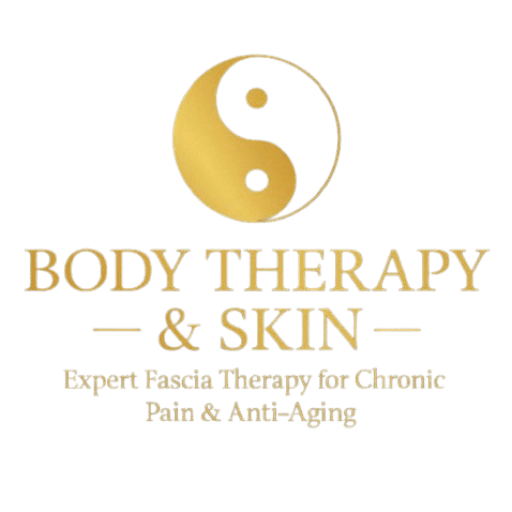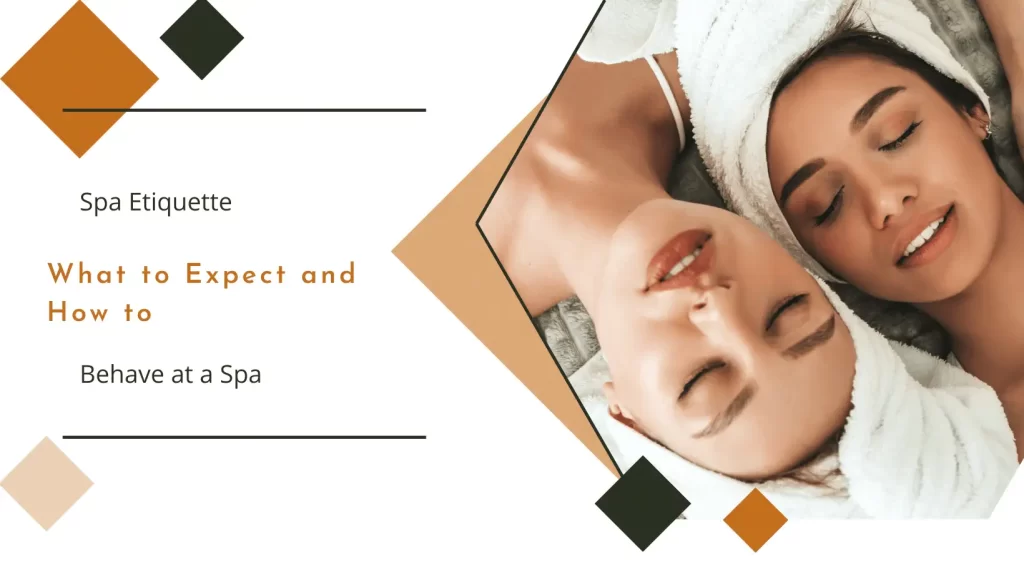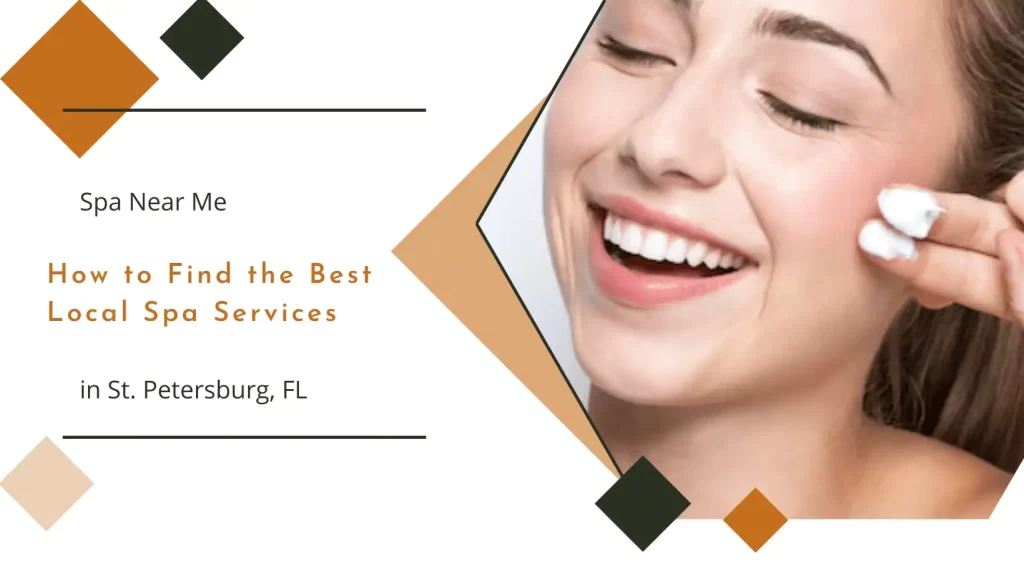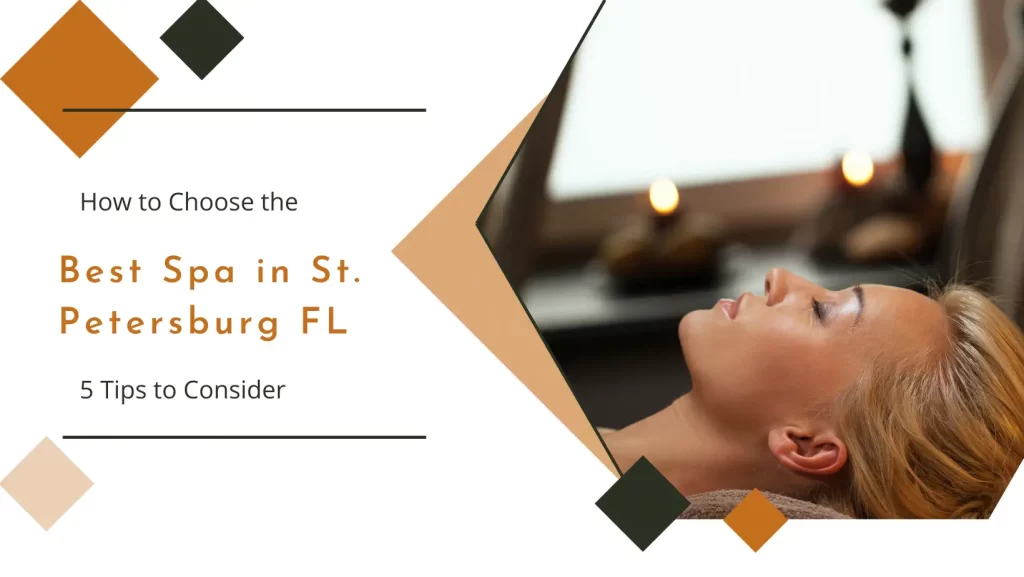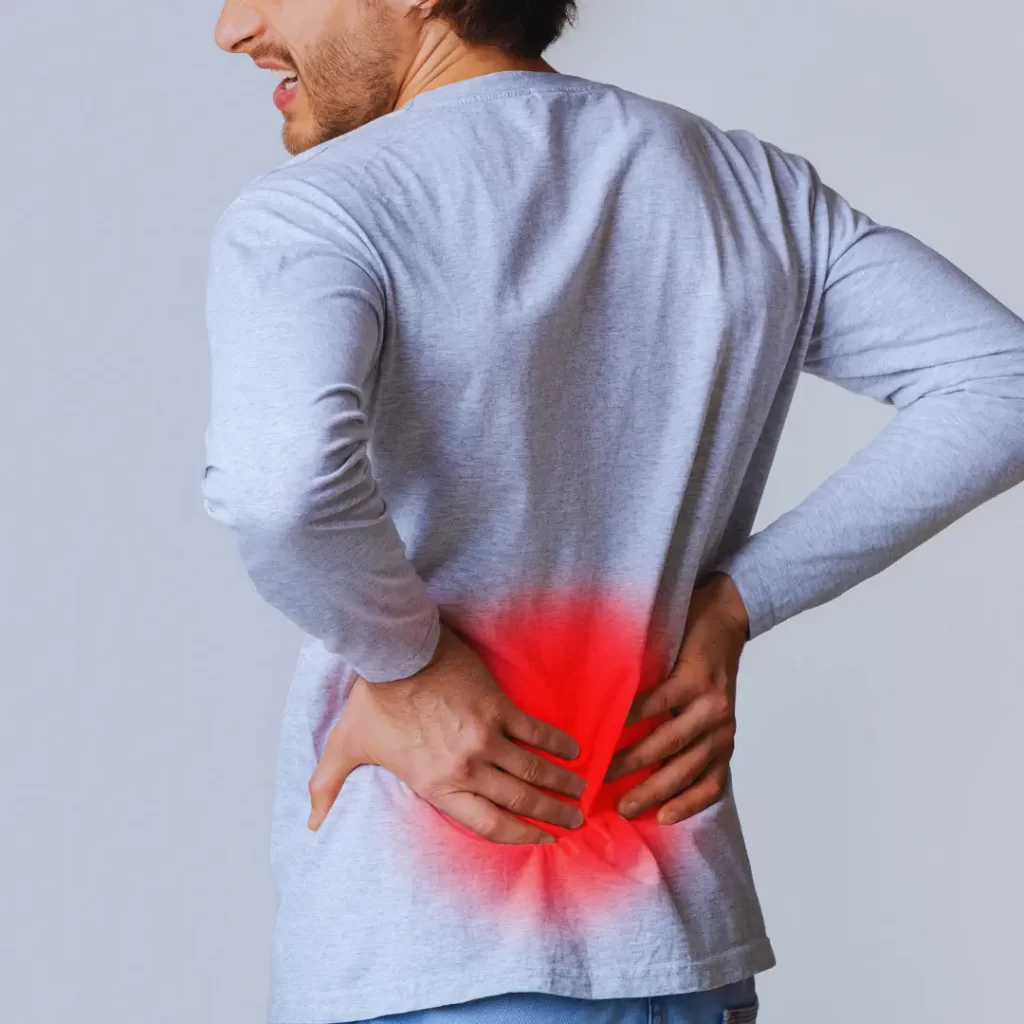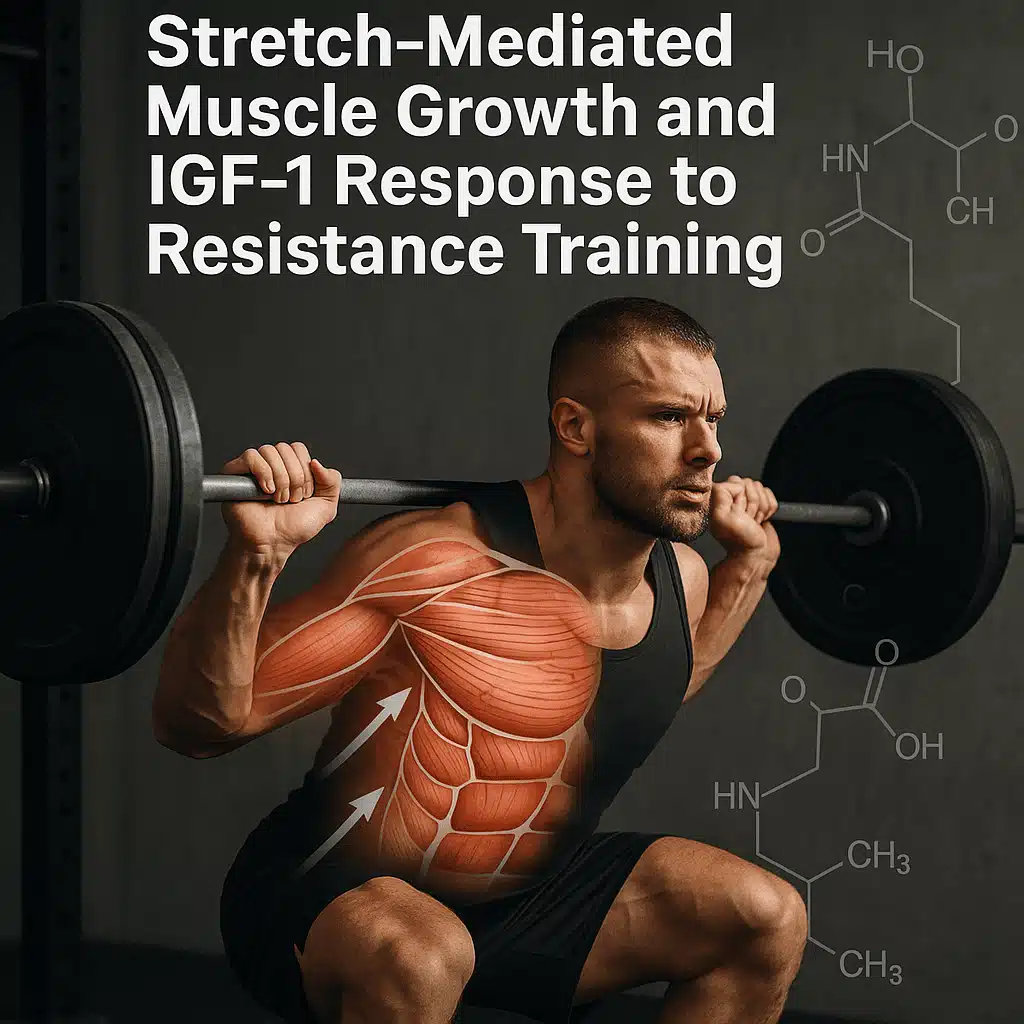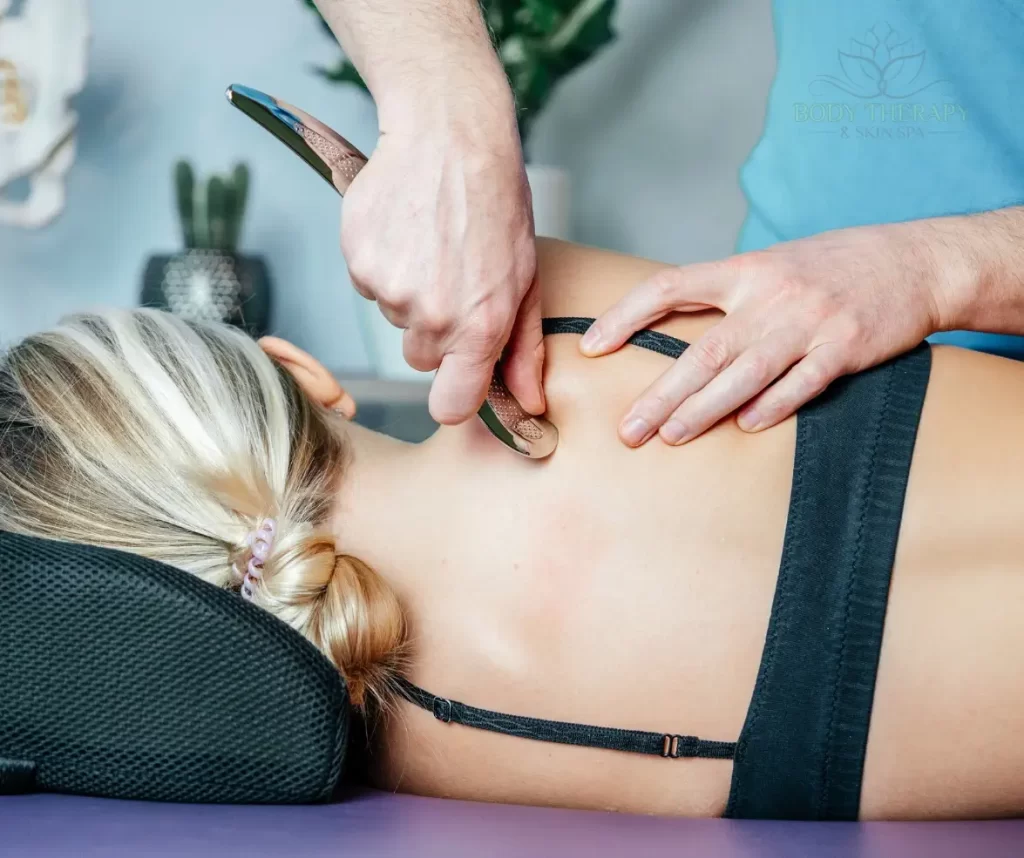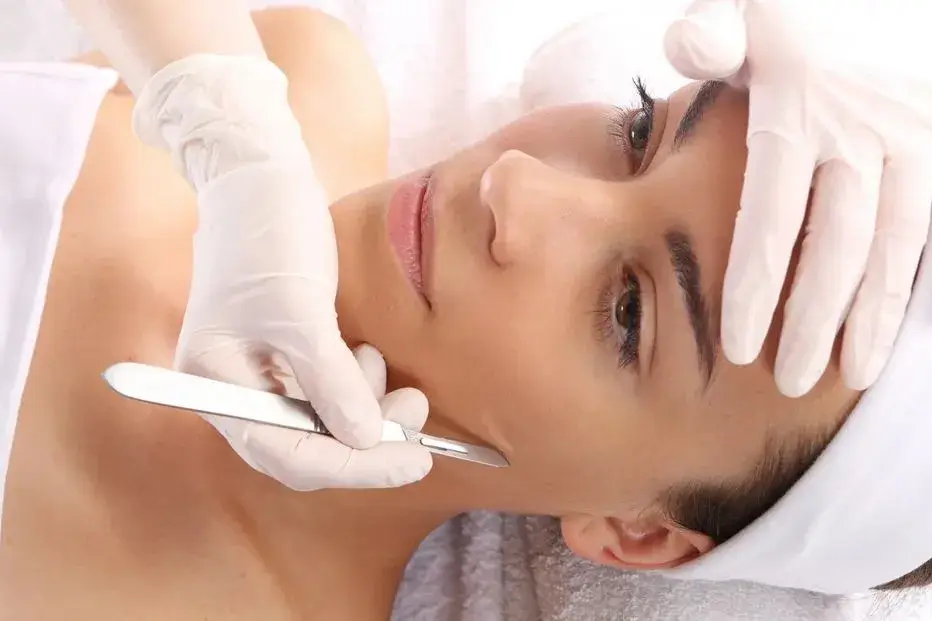Spa Etiquette – What to Expect and How to Behave at a Spa
A visit to the spa is more than just a luxurious indulgence; it’s an opportunity to escape the stresses of daily life and focus on your well-being. However, to fully enjoy this experience and ensure that others do as well, it’s important to be mindful of spa etiquette. Understanding the unwritten rules of behavior at a spa can make your visit smoother, more enjoyable, and respectful to both the staff and other guests. This guide will walk you through the essentials of spa etiquette, from booking your appointment to leaving the spa, so you can make the most of your time and leave with a sense of peace and satisfaction. Why Spa Etiquette Matters Spa etiquette is not just about following rules—it’s about creating an environment where everyone can relax and rejuvenate. The serenity and calm that a spa offers depend on mutual respect among guests and between guests and staff. When you adhere to spa etiquette, you contribute to the overall ambiance, making the experience pleasant for yourself and others. Furthermore, understanding and practicing proper spa etiquette ensures that you receive the best possible service, as clear communication and respect go a long way in fostering a positive relationship with your spa therapist. The Challenges of Spa Etiquette Navigating spa etiquette can sometimes be challenging, especially if you’re new to the spa experience or visiting a different type of spa for the first time. Every spa may have its own set of guidelines, and what is considered appropriate in one setting might not be in another. For example, the level of formality, the expectation for tipping, or even the protocol for using amenities can vary. Misunderstandings can lead to discomfort, for both you and the staff, potentially detracting from the relaxation and enjoyment you seek. This guide aims to clarify these nuances and provide you with the confidence to handle any situation with grace. How This Guide Can Help You This guide is your comprehensive resource for understanding spa etiquette. Whether you’re a seasoned spa-goer or a first-time visitor, it will help you navigate the nuances of behavior at the spa. From booking your appointment to saying thank you, every step of your spa journey is covered. By following the tips and advice laid out in this guide, you can ensure a smooth, enjoyable, and respectful spa experience that leaves you feeling truly rejuvenated. Spa Etiquette for Booking How to Choose the Right Spa Service for You Selecting the right service is the first step in your spa journey. Begin by considering what you hope to achieve from your visit. Are you looking for stress relief, skin rejuvenation, or perhaps muscle recovery? Most spas offer a variety of treatments, including massages, facials, body wraps, and more. Take the time to read through the spa’s menu, which typically provides detailed descriptions of each service. If you’re unsure about what to choose, don’t hesitate to call the spa and ask for recommendations based on your needs. Understanding the benefits of each treatment will help you make an informed decision and ensure you select a service that meets your expectations. How to Book Your Appointment and Confirm Your Details Once you’ve chosen your service, booking your appointment is the next step. Most spas offer online booking systems for convenience, but you can also book by phone. When booking, be clear about the date, time, and service you want, and confirm the duration of the treatment. It’s also a good idea to ask about the spa’s cancellation policy at this time. After booking, you may receive a confirmation email or text—double-check the details to ensure everything is correct. If you have any special requests or need accommodations, mention them during the booking process to avoid any misunderstandings on the day of your visit. How to Cancel or Reschedule Your Appointment Life happens, and sometimes you may need to cancel or reschedule your appointment. It’s important to do this as soon as you’re aware of the conflict, ideally 24 to 48 hours in advance, depending on the spa’s policy. This gives the spa enough time to fill your slot with another client and helps you avoid cancellation fees. When calling to reschedule, be polite and flexible, understanding that your preferred time may no longer be available. Most spas are accommodating if you approach the situation with courtesy and respect. Spa Etiquette for Arrival How to Arrive Early and Check-In Arriving early for your spa appointment is crucial to setting the tone for a relaxed experience. Aim to arrive at least 15 to 20 minutes before your scheduled time. This allows you to check in, fill out any necessary paperwork, and begin to unwind before your treatment. Upon arrival, greet the reception staff warmly and provide your name and appointment details. If you’re new to the spa, the receptionist may give you a brief orientation of the facilities and direct you to the locker room or waiting area. Taking your time during check-in helps you transition from the outside world into the tranquil environment of the spa. How to Use the Locker Room and Amenities The locker room is where you’ll prepare for your treatment, so it’s important to use it considerately. Place your belongings in the locker provided, and secure it with the key or code given to you. Most spas offer robes, slippers, and towels for your use—take only what you need, and be mindful of keeping the space tidy for others. If the spa offers amenities like a sauna, steam room, or relaxation lounge, feel free to enjoy them before your treatment begins. However, be aware of the time and ensure you’re ready when your therapist comes to escort you to your treatment room. How to Fill Out the Health Form and Waiver Many spas require guests to fill out a health form and waiver before receiving treatments. This form is essential for your safety and the effectiveness of your treatment. It asks about any medical conditions, allergies, or areas of
Spa Etiquette – What to Expect and How to Behave at a Spa Read More »
